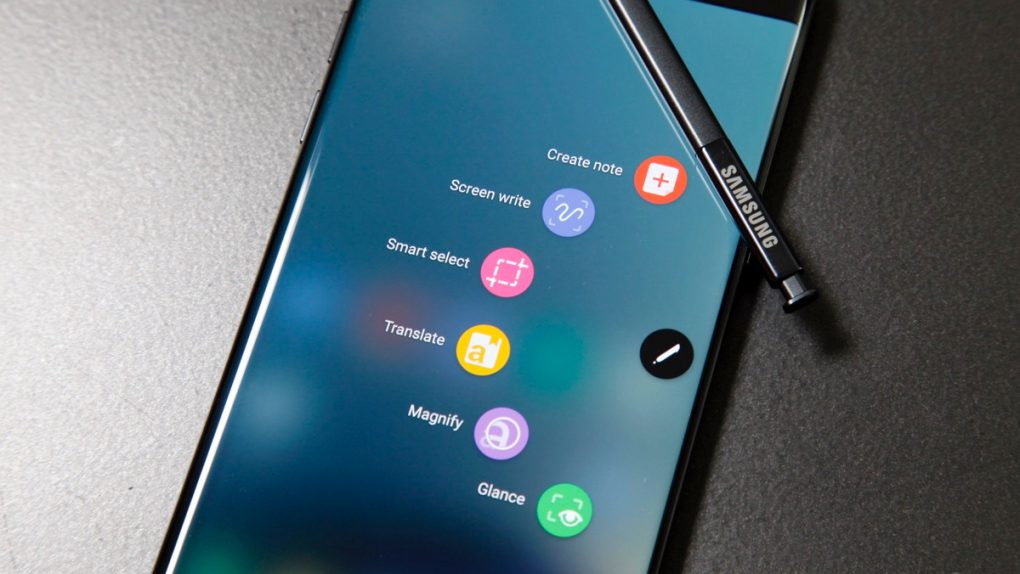The numerous and seemingly spontaneous Galaxy Note 7 fires and explosions late last year forced Samsung to do something that was once unthinkable: recall a major mobile product only a few months after its launch. Samsung is expected to announce what caused the overheating accidents that led to unexpected fires very soon, but it looks like some results have already been leaked. And they’re pretty conflicting. Some reports mention the phablet’s battery as the culprit, while other reports indicate that the phone’s design and software fail-safe mechanisms are to blame.
A source who talked to Reuters seems confident that the battery is the main cause of the Galaxy Note 7 fires.
The source told Reuters on Monday that Samsung was able to replicate the fires during its investigation and found that the cause for the fires could not be explained by hardware design or software-related matters.
But Reuters also quoted an IDC analyst who went on record to say that “it’d be surprising if they said it was a supplier issue.” That’s because the Galaxy Note 7 kept exploding even after the initial battery provider was fired.
The news site noted that the results of the investigation will be announced on January 23rd, a day before Samsung announces its fourth-quarter earnings results.
Over in Korea, The Korea Herald was not so quick to point a finger at the phone’s battery, leading with the fact that Samsung plans to announce the results next Monday.
The site said that while the results are not known, a failure in the inspection and measurement of the batteries used in the Galaxy Note 7 is believed to be blamed for the problem. According to an industry observer, Samsung may have failed to change the inspection process for the batteries when it changed the manufacturing process for the Galaxy Note 7.
The most revealing details — which are still to be confirmed by Samsung — come from Japanese site Chosun. Apparently, a combination of factors caused the Galaxy Note 7 fires, including internal design and defective thermal management software.
The Galaxy Note 7’s smaller footprint, combined with novel features that consume more battery power like the iris scanner, and a battery with increased capacity placed in a narrow space, are apparently to blame.
What happened, according to an official familiar with the matter, is that the cramped space inside the Galaxy Note 7, lead to a rapid rise in temperature. Heat could not be dissipated efficiently, the battery would overheat, and the phone could catch on fire.
If that’s not enough, it looks like the built-in software that’s supposed to shut down the processes that overheat the phone did not work properly. When the battery’s temperature rises above a certain level, a software fail-safe would shut the power off.
A source told Chosun that while the internal structures of the Samsung SDI and Amperex batteries are different, the reasons these batteries exploded is linked with the phone’s internal design and battery management software.
Samsung, meanwhile, is expected to also announce next Monday various new policies that will ensure the battery safety of its upcoming flagship, the Galaxy S8.








